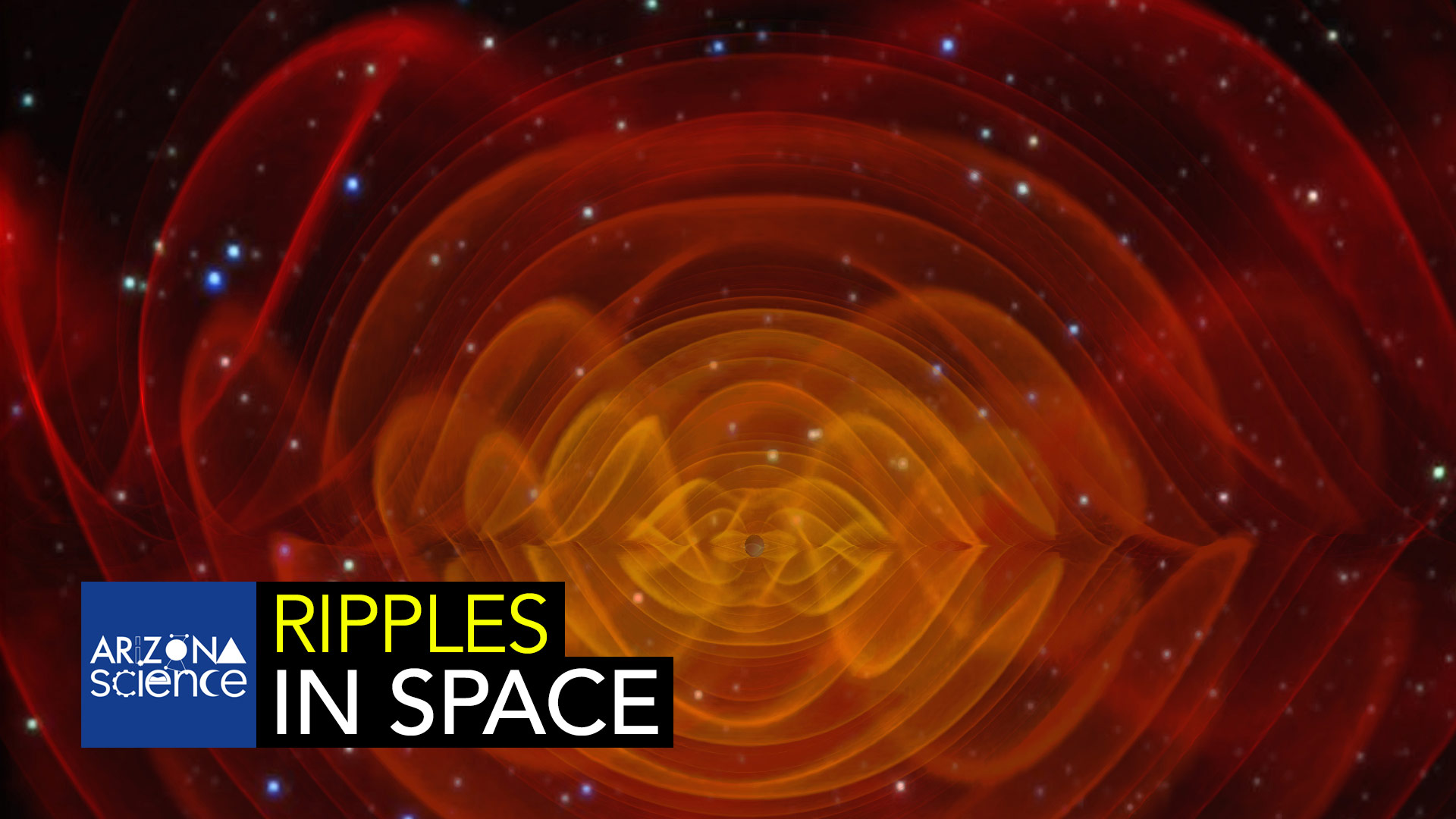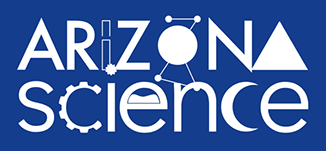 A figure illustrating gravitational wave outputs.
A figure illustrating gravitational wave outputs.
Last summer, University of Arizona Astronomer and supernova investigator David Sand and other researchers detected gravitational waves from deep in space which were followed by a gamma ray burst that was detected by NASA. This is the first-time gravitational waves and a Gamma Ray Burst have been detected in tandem, making this an exceptional discovery for the field of astronomy. The origin of these detections come from the collision of two neutron stars, hyper-dense stars only a few kilometers wide and more massive than the sun. This is the first- time gamma rays have been associated with a neutron star collision. Astronomers have expected the waves and the gamma rays to be linked but the detection was weaker than expected.
In this episode:
David Sand, Assistant Professor in the UA’s Department of Astronomy
Tim Swindle, Ph.D., Director and Head of the UA’s Lunar and Planetary Lab


By submitting your comments, you hereby give AZPM the right to post your comments and potentially use them in any other form of media operated by this institution.